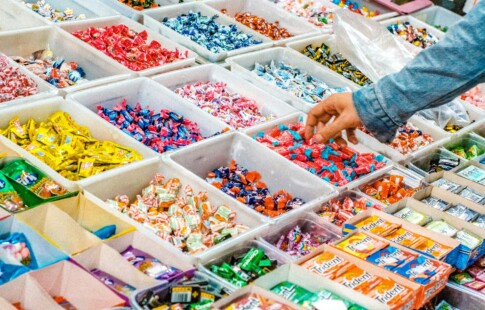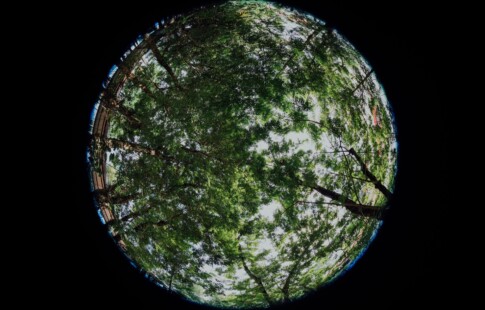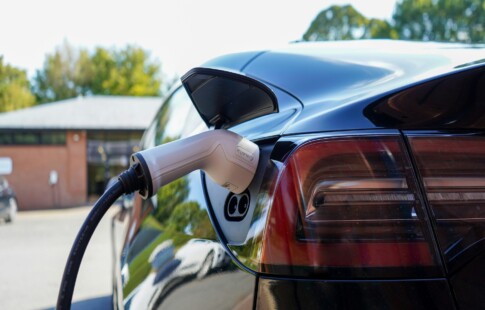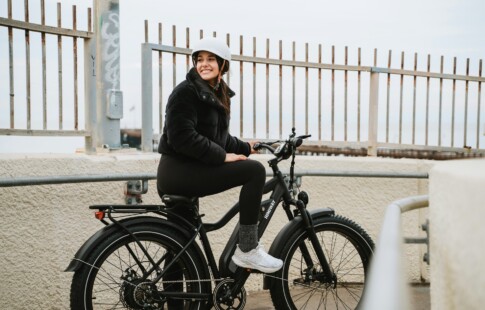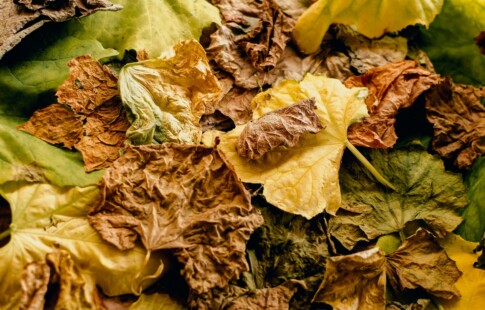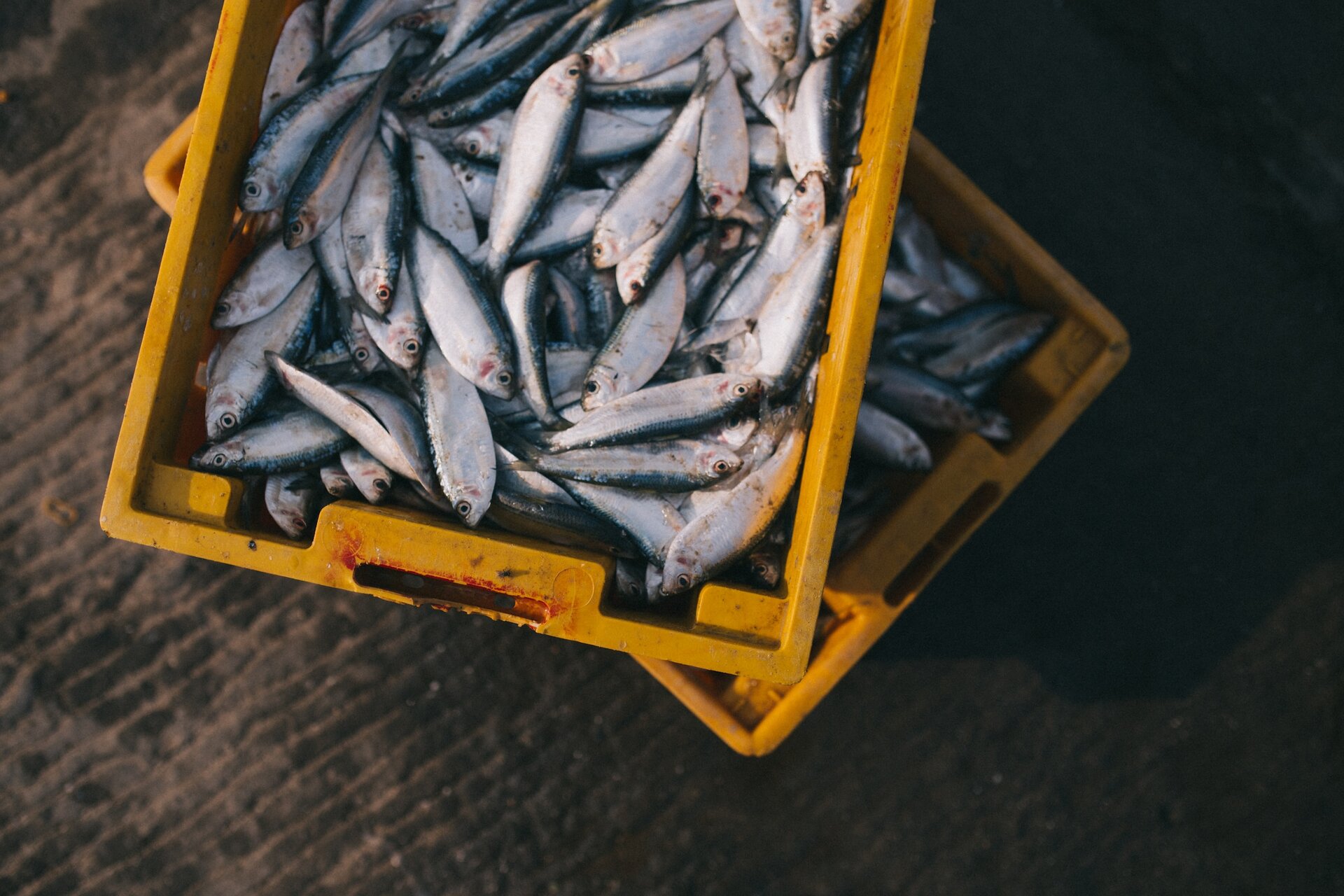
Is Fishing Bad for the Environment? The Good and the Bad of Seafood
We are reader-supported. When you buy through links on our site, we may earn affiliate commission.
Is fishing bad for the environment? What are the effects of commercial fishing on our world’s oceans? Lastly, what can we do to help save the world’s waters? These questions are quickly becoming more relevant now than ever before due to the world’s growing population and environmental concerns.
Examples of Threats to Our Oceans
Deep-sea Trawling
Also known as bottom trawling, this commercial fishing practice is hurting the oceans in more ways than one. Trawling requires fishing vessels to drop weighted nets to the bottom of the ocean floor. Once these nets are deployed, the fishing vessels drag the nets across the ocean to catch marine life.
This fishing practice can damage coral reefs and entire marine ecosystems. It disrupts ocean balance by uprooting plants and catching unwanted marine life. Those unwanted marine animals are discarded and become unnecessary casualties of commercial fishing. Destroyed marine habitats can take decades to recover, while some can’t recuperate from the intensive damage they sustained.
Trawling is also taxing on fishing vessels. Fishing vessels consume thousands of liters of fuel to drag the heavy weight of the net along with the caught fish. Commercial fishing vessels heavily depend on fossil fuels to keep up with the growing industry demands for seafood.
Pollution From Fishing Vessels and Gear
The commercial fishing industry is far from being a sustainable means of food production. The food production industry — including fishing — contributes around 20-30% of global greenhouse gas emissions and shows no signs of slowing down.
Aside from this, excessive commercial fishing is bad for the environment due to ships’ prevalent improper waste disposal. Discarded fishing gear like nets, hooks and other equipment pollute the world’s oceans. These discarded gear also threaten marine life further. Ghost fishing nets and hooks kill whales, dolphins, turtles, seals and other marine life as they drift along the ocean.
Research found that 500,000 tons of fishing gear are lost or discarded yearly in the world’s oceans. This massive pollution problem continues to choke our oceans, kill marine life and destroy underwater habitats.
Bycatch
Even with certifications for ethical, sustainable and responsible fishing practices, avoiding harming and killing unnecessary marine life in commercial fishing is impossible. Commercial fishing practices will always run into unwanted marine life caught in nets and hooks. This results in injuries and death among marine animals. These unwanted and discarded marine animals are called bycatch.
Bycatch is a wasteful byproduct of commercial fishing and the worst thing about it is it can’t be prevented yet. It’s common for fishermen to run into different marine animals and hurt them while setting out nets, dropping cages or lining up the ocean with hooks for line fishing.
Is Responsible and Sustainable Fishing the Solution?
While it is easy to see how commercial fishing can harm the environment, coming up with solutions to remedy it is more complex. Responsible and sustainable fishing requires great effort and research to positively impact the ocean’s current state.
Practices like aquafarming became a popular possible alternative to commercial fishing. Aquafarming — or aquaculture — is the industry of raising fish species, shellfish and other marine life for commercial and other purposes. This fishing practice trades nets, hooks and other fishing gear for fish pens, feeds, water aerators and filters.
Aquafarming Effects
Aquafarming utilizes a relatively smaller space to grow marine life. However, aquafarming comes with some disadvantages, including the following:
- Nutrient Buildup: Fish and feed waste can become concentrated in small areas such as fish pens. These materials can accumulate quickly, contaminate surrounding seawater and affect other marine life.
- Oxygen Depletion: Concentrated fish populations in such a small area can result in oxygen depletion in coastal environments and affect marine productivity in coastal areas.
- Spread of Diseases: Fish pens can become too overcrowded, especially with the quick reproduction of certain fish species. Crowded pens can cause diseases in farmed fish.
- Use of Antibiotics: Farmers use antibiotics to treat sick fish populations, nurse the fish back to health and take the harvest to market. This can lead to antibiotic resistance in some fish species, especially in the wild fish surrounding aqua farms.
- Wild Fish as Feed: Some farmed fish like salmon, are carnivorous. Fish farmers need to procure live fish to use as feed. Some fish farms depend on commercial fishing for their steady supply of live fish.
- Farming Footprint: Like other food production industries, aquafarming also exacts its toll on the environment. Raising fish requires tons of water, while other species, like shrimp, can cause oxidation of carbon and loss of ecosystem services in some areas.
Considering these factors, aquafarming remains a promising way to produce protein for global consumption. Aquafarming has a smaller carbon footprint than traditional methods like raising cattle for beef.
What You Can Do to Help
Seafood is a primary protein source for over 950 million people worldwide. According to the UN’s Food and Agriculture Organization, the seafood industry alone is valued at $151 billion globally. That’s a lot of fish and the world has to think of new ways to keep up with the demands of a steadily growing population.
There are ways consumers can help to become more sustainable without sacrificing seafood:
- Diversify Seafood Diet: Consumers can avoid fish species on the endangered list and try eating other fish varieties. Shellfish filter seawater for food and essentially clean the ocean. Eating more shellfish is an excellent way to diversify seafood consumption.
- Patronize Ethically Sourced Seafood: Marine life-friendly seafood products are marked with ASC, MSC and Dolphin-Safe labels to indicate they are ethically or responsibly farmed. Checking product labels before buying and consuming them can help reduce the proliferation of damaging fishing practices.
- Ask About the Source: Responsible restaurants know where they source their seafood. Asking the management before ordering any seafood meal will help inform consumers where their dinner comes from.
- Reduce Seafood Consumption: Overfishing is a result of overconsumption. Reducing seafood intake can help the world’s oceans recover by lowering the demand for seafood in general.
The Future of Seafood
As science and technology advance, the global community must find ways to make food production, like fishing, more sustainable. Relying on the world’s oceans for fresh and healthy seafood must be met with responsible fishing methods, cleaner ways to fuel fishing vessels and a healthier system for fish farming.
Share on
Like what you read? Join other Environment.co readers!
Get the latest updates on our planet by subscribing to the Environment.co newsletter!
About the author

Steve Russell
Steve is the Managing Editor of Environment.co and regularly contributes articles related to wildlife, biodiversity, and recycling. His passions include wildlife photography and bird watching.
